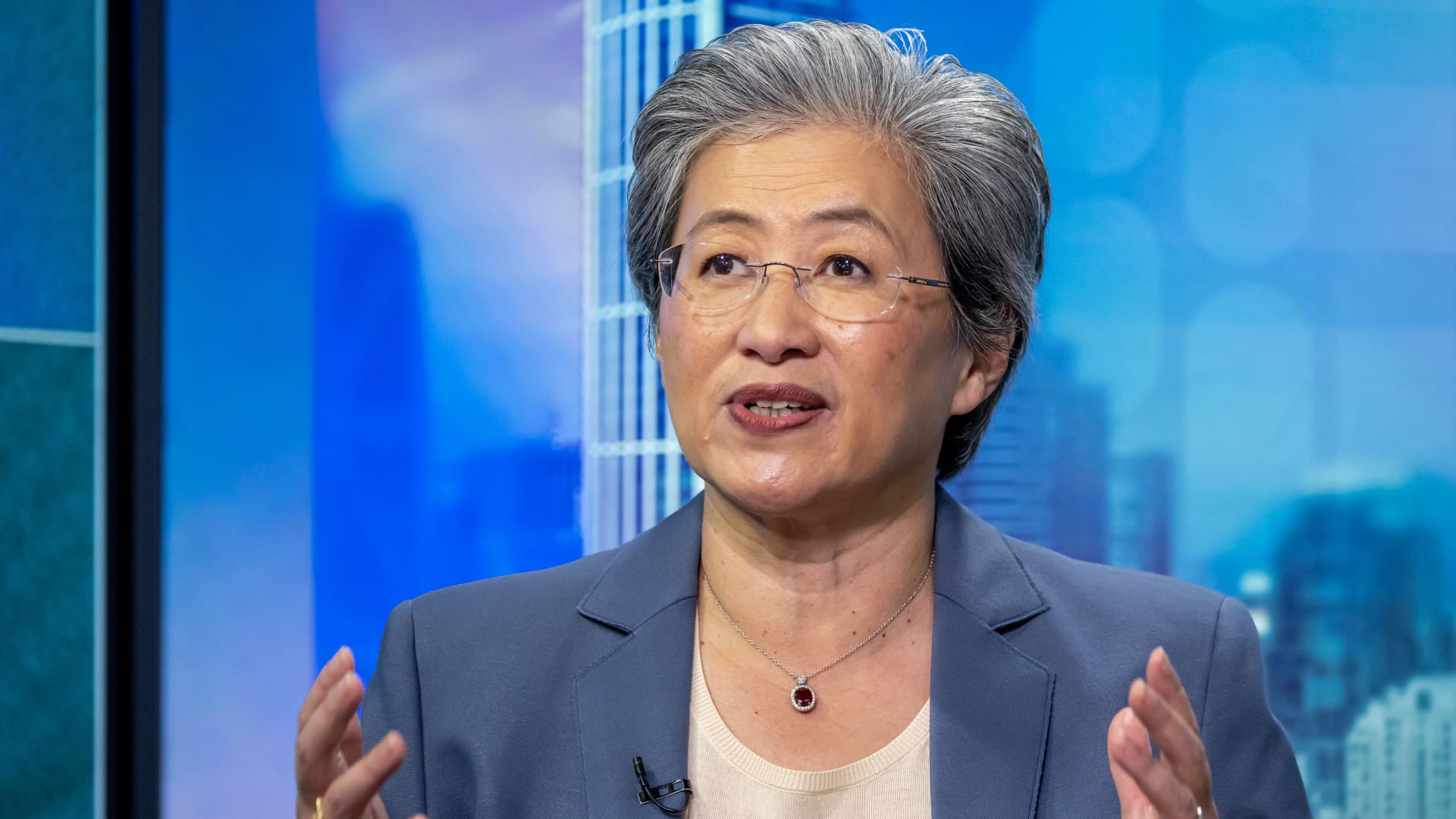In partnership with Startup India and Nykaa, the program awards four winners funding, mentorship, and platforms to scale their beauty brands
NEW YORK & MUMBAI, India–(BUSINESS WIRE)–
The Estée Lauder Companies Inc. (NYSE: EL) announced yesterday the winners of BEAUTY&YOU India 2025. This year’s program, supported by the Government of India’s Startup India and launch partner Nykaa, highlighted the emerging talent reimagining the future of beauty in India.
This press release features multimedia. View the full release here: https://www.businesswire.com/news/home/20251008512593/en/
From L to R: Jaspreet Singh Gulati, Founder & Director, HiTech Formulations; Aparna Saxena, Founder & CEO, Antinorm; Stéphane de La Faverie, President & CEO, The Estée Lauder Companies; Harsha Soundararajan, Founder, Mimiq; Khanak Gupta, Co-Founder & CEO, Sohrai Beauty; and Rohan Vaziralli, General Manager, The Estée Lauder Companies India.
Stéphane de La Faverie, President and CEO, The Estée Lauder Companies said: “When we launched BEAUTY&YOU, our vision was simple yet powerful — to discover and support visionary entrepreneurs transforming India’s beauty landscape. This year’s winners reflect the incredible creativity, ambition, and innovation shaping one of the world’s most dynamic markets. The Estée Lauder Companies is proud to champion these bold new entrepreneurs who are redefining the future of beauty in India and beyond.”
Since its launch in 2022, the company’s BEAUTY&YOU India program has grown into one of the most recognized platforms for beauty entrepreneurship in India. Over the past four application cycles, it has attracted nearly 2,500 applications from 150+ cities across India and around the world, with the majority from women entrepreneurs.
The 2025 winners, named across four categories, were selected for their bold ideas and innovative products that reflect the dynamism of India’s beauty ecosystem—from climate-tailored products to breakthrough encapsulation technology and inclusive makeup. Each will receive funding, along with mentorship from global experts, national visibility through Startup India, and brand-building and distribution support from Nykaa.
2025 BEAUTY&YOU India Winners
- GROW: Best in-market beauty brand
Antinorm, Aparna Saxena, Founder & CEO: For high-performance, climate-tailored, and multitasking products that replace complex routines for busy working women.
- IMAGINE: Best pre-launch beauty concept
Mimiq, Harsha Soundararajan, Founder: For inclusive, high-performance, and long-lasting complexion products for people with visible skin differences, such as vitiligo.
- BREAKTHROUGH: Best in innovation
Hitech Formulations, Jaspreet Singh Gulati, Founder & Director: For breakthrough encapsulation technology that delivers formulations for pigmentation, anti-aging, and antioxidant-driven skin care.
- VISIONARY WOMEN’S AWARD: Recognizing a trailblazing woman entrepreneur in partnership with Startup India
Sohrai, Khanak Gupta, Co-Founder: For delivering high-performing products using an indigenous ingredient, Mahua, that is sourced through local partnerships that create economic opportunities for tribal communities and women.
The 2025 program debuted the BEAUTY&YOU Visionary Women’s Award, presented by The Estée Lauder Companies (ELC) and Startup India. The award builds upon a first-of-its-kind partnership between ELC and Startup India, formalized through a Memorandum of Understanding with the Government of India’s Department for Promotion of Industry and Internal Trade (DPIIT), reflecting a shared commitment to supporting Indian entrepreneurs and women-led startups.
Nadine Graf, President of EMEA, UK & Ireland, and Emerging Markets at The Estée Lauder Companies, said: “The winners of BEAUTY&YOU India 2025 reflect the entrepreneurial spirit at the heart of The Estée Lauder Companies. India continues to inspire us—not only as a dynamic and fast-growing beauty market, but as a source of creativity and bold ideas. Every journey begins with a vision and a dream, and this program is about empowering founders to turn those into reality. I am especially proud of the new Visionary Women’s Award, which celebrates the ambition, ingenuity, and leadership of women founders.”
Shri Sanjiv Singh, Joint Secretary, Department for Promotion of Industry and Internal Trade, added: “Our partnership with Estée Lauder for BEAUTY&YOU India reflects a shared commitment to strengthening India’s startup ecosystem and fostering innovation across sectors. This year’s introduction of the Visionary Women’s Award in collaboration with Startup India is particularly meaningful, celebrating the women whose ideas and leadership continue to redefine entrepreneurship. My warm congratulations to all the winners as they carry Bharat’s spirit of innovation to the world.”
The 2025 finalists were evaluated by an esteemed jury of beauty and business leaders including Akhil Shrivastava, Executive Vice President & Chief Financial Officer, The Estée Lauder Companies; Rohan Vaziralli, General Manager, The Estée Lauder Companies, India; Nivruti Rai, CEO, Invest India; Katrina Kaif, Actor and Co-Founder, Kay Beauty; and Anchit Nayar, Executive Director & CEO, Nykaa Beauty. The final event featured The Estée Lauder Companies’ Stéphane de La Faverie, President & CEO; William P. Lauder, Chair, Board of Directors; and Nadine Graf, President, EMEA, UK&I, and Emerging Markets; as well as Nykaa’s Falguni Nayar, Chairperson, MD& CEO.
Rohan Vaziralli, General Manager India, The Estée Lauder Companies, India said: “For me, the power of BEAUTY&YOU lies in unlocking possibilities – for entrepreneurs, consumers, and the broader beauty ecosystem – as we continue to build and imagine new futures together. The founders we celebrated tonight are scaling with ambition, setting new standards for Indian beauty on the world stage, and proving that India will be central to defining beauty’s next chapter.”
Anchit Nayar, Executive Director & CEO of Nykaa Beauty said: “As India’s leading beauty destination, Nykaa has been at the forefront of building the country’s beauty ecosystem—from discovery and consumer insights to digital storytelling and omnichannel retail. Through our partnership with The Estée Lauder Companies on BEAUTY&YOU India, we’re extending that ecosystem to nurture early-stage founders with the tools, visibility, and guidance they need to scale. This initiative reflects our shared commitment to empowering the next generation of entrepreneurs who will define the future of Indian beauty, both at home and on the global stage.”
BEAUTY&YOU India celebrates the creativity and vision of founders who are reshaping what beauty can mean for consumers in India and beyond. Alumni have gone on to launch new products, secure venture capital, build partnerships with leading retailers, and gain national attention on platforms like Shark Tank India, reinforcing the program’s role as a driver of industry transformation.
For more information, visit www.beautyandyouawards.com.
About BEAUTY&YOU India
Created by The Estée Lauder Companies’ New Incubation Ventures, BEAUTY&YOU India aims to discover, propel, and support the next generation of India-focused beauty entrepreneurs. Launched in 2022, the program offers financial support, mentorship, and strategic guidance to entrepreneurs shaping the future of beauty in India, helping them achieve scale and global relevance.
About The Estée Lauder Companies Inc.
The Estée Lauder Companies Inc. is one of the world’s leading manufacturers, marketers, and sellers of quality skin care, makeup, fragrance, and hair care products, and is a steward of luxury and prestige brands globally. The company’s products are sold in approximately 150 countries and territories under brand names including: Estée Lauder, Aramis, Clinique, Lab Series, Origins, M·A·C, La Mer, Bobbi Brown Cosmetics, Aveda, Jo Malone London, Bumble and bumble, Darphin Paris, TOM FORD, Smashbox, AERIN Beauty, Le Labo, Editions de Parfums Frédéric Malle, GLAMGLOW, KILIAN PARIS, Too Faced, Dr.Jart+, the DECIEM family of brands, including The Ordinary and NIOD, and BALMAIN Beauty.

View source version on businesswire.com: https://www.businesswire.com/news/home/20251008512593/en/
Media Relations:
Brendan Riley
[email protected]
Source: The Estée Lauder Companies Inc.






